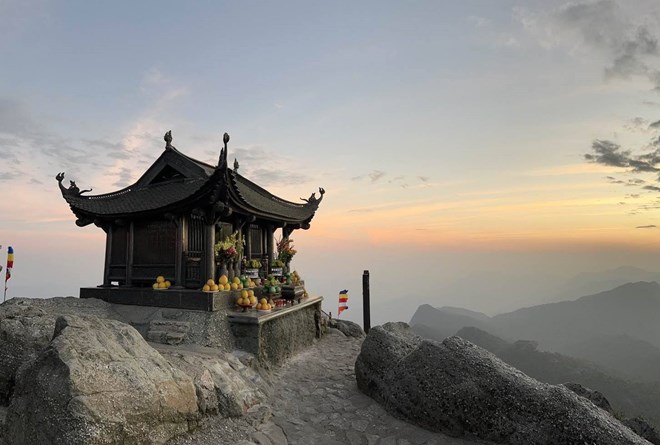
- Dong Pagoda on the sacred Yen Tu mountain peak - one of the 12 main heritage components of Vietnam's 9th World Heritage Site. Photo: Nguyen Hung
Thus, Vietnam has 9 World Heritages recognized by UNESCO and is the second inter-provincial world heritage of the country, as well as of Quang Ninh province, after the World Natural Heritage of Ha Long Bay - Cat Ba Archipelago.
The complex of relics and scenic spots of Yen Tu - Vinh Nghiem, Con Son, Kiep Bac was recognized by UNESCO as a World Cultural Heritage according to criteria (iii) and (vi), as evidence for the unique combination between the state, religion and people in the formation of the Vietnamese national identity; along with the sacred landscape formed through frequent and close interactions with nature and an ethical system based on the love of peace , self-cultivation, tolerance, kindness and harmony between humans and nature.
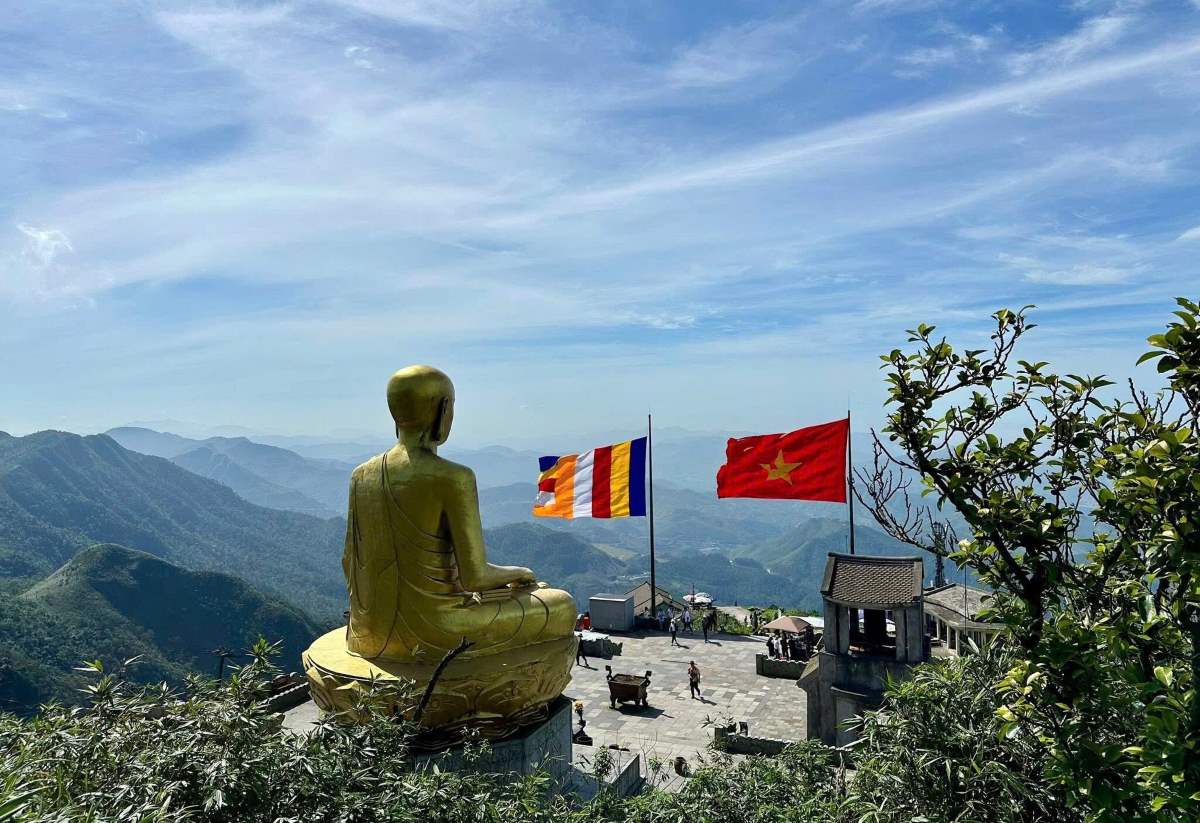
Statue of Buddhist Emperor Tran Nhan Tong on Yen Tu. Photo: Nguyen Hung
In which, Criterion (iii): Is the harmonious combination between the State, religion and the people's community developed from the homeland of Yen Tu mountain, has created a unique cultural tradition of global significance, shaping national identity, promoting peace and security in the wider region.
The relic and scenic complex of Yen Tu - Vinh Nghiem, Con Son, Kiep Bac is a special testament to Truc Lam Buddhism, a unique Zen tradition of Vietnam founded in the 13th century by Tran kings, royals and wise monks, especially Buddhist Emperor Tran Nhan Tong, the only known monarch in Asia who voluntarily gave up the throne to become a monk, founding a Zen sect imbued with the philosophy of life and Vietnamese character.
Integrating Mahayana teachings with the synthesis of Confucianism, Taoism and indigenous beliefs, creating a unique spiritual and philosophical identity, Truc Lam Buddhism has contributed to shaping the spiritual foundation of Dai Viet nation, creating momentum for the rise of an autonomous and self-reliant nation, while promoting cultural dialogue and the spirit of peaceful friendship among nations. For centuries, the Yen Tu - Vinh Nghiem, Con Son, Kiep Bac relic and scenic complex has always played an important role in practicing, transmitting, spreading and creating culture. The spirit of tolerance and creativity of Truc Lam Buddhism has inspired and brought humanistic values to the domestic and international communities.
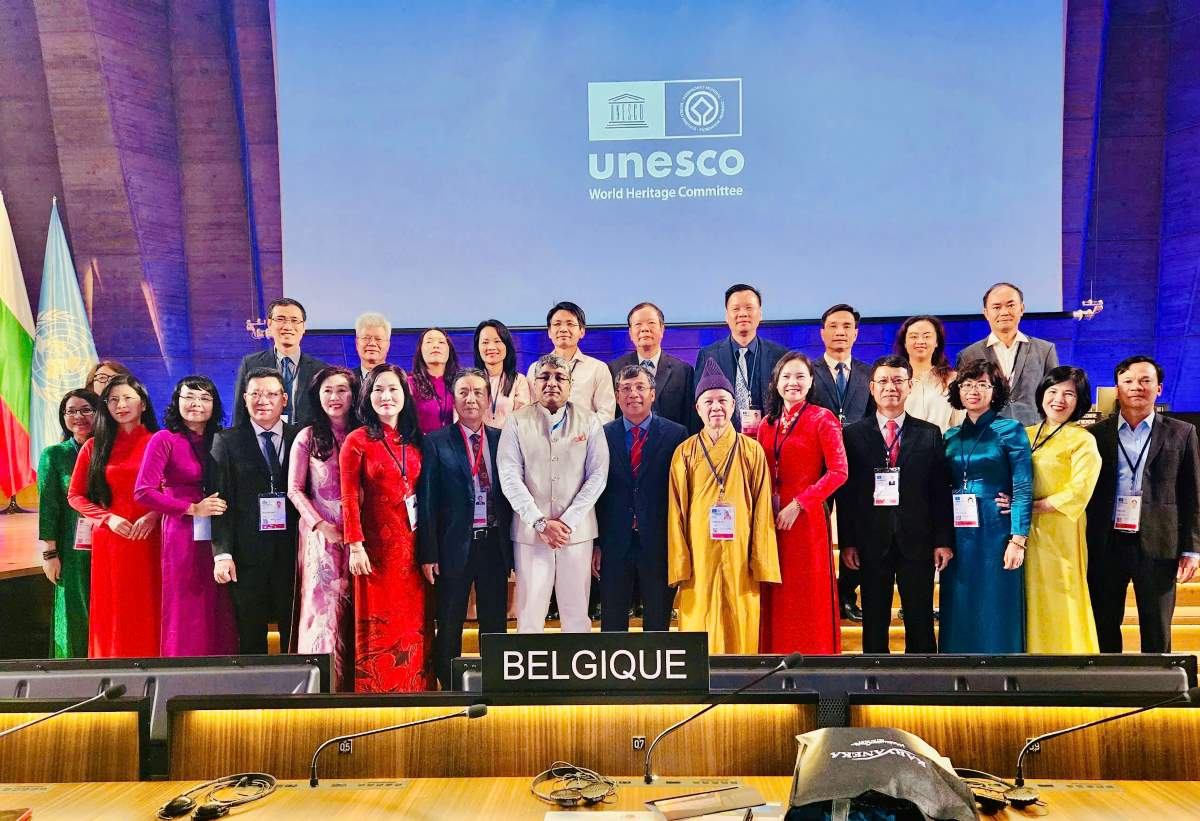
Vietnamese delegation at the meeting to consider registering the Yen Tu - Vinh Nghiem - Con Son - Kiep Bac Monuments and Landscape Complex as a World Heritage Site. Photo: Quang Ninh Department of Culture, Sports and Tourism
Criterion (vi): Truc Lam Buddhism is a globally significant example of how a religion, derived from many beliefs, originating and developing in its homeland of Yen Tu, has influenced secular society to promote a strong nation, ensuring peace and regional cooperation.
The relic and scenic complex of Yen Tu - Vinh Nghiem, Con Son, Kiep Bac is directly related to the birth and spread of the creative and humanistic values of Truc Lam Buddhism. The continuous organization of rituals, festivals, propagation of Buddhism and pilgrimages to relic sites - both in Vietnam and international Truc Lam Buddhist organizations - proves the sustainable global relevance of the philosophy of life, life values, social community spirit, living in harmony with nature, love of peace and compassion.
With 12 clusters, relic sites, relic complexes and scenic spots of Yen Tu - Vinh Nghiem, Con Son, Kiep Bac, fully demonstrating the tradition of Truc Lam Buddhism, from its establishment in the sacred Yen Tu mountain area as evidenced by ancient temples, hermitages, towers, archaeological sites, to the Vinh Nghiem Pagoda and Con Son - Kiep Bac relic site and the systematization of philosophies expressed through steles, related relics and ritual practices. These relics provide a full representation of the history, spirit and geography of Truc Lam Zen Buddhism, demonstrating the process of formation, development, and sustainable relationship of tangible and intangible cultural values and documentary heritage in historical and cultural spaces.
The complex has a total core area of 525.75 hectares, and a total buffer area of 4,380.19 hectares. Of which, the core area includes 12 main heritage components, fully reflecting the stages of formation, spread and revival of Truc Lam Zen.
The 12 main heritage components include:
1. Hoa Yen Pagoda, Yen Tu, Quang Ninh: The practice center of Buddhist Emperor Tran Nhan Tong, where the Truc Lam Zen sect was formed.
2. Ngoa Van Temple, Yen Tu, Quang Ninh: The place where the Buddha entered nirvana, is considered the most sacred place of the Zen sect.
3. Thai Mieu, Quang Ninh: Ancient meditation sites on the Yen Tu pilgrimage route, representing the practice of meditation in the sacred forest.
4. Bach Dang Stake Field (Yen Giang), Quang Ninh: A historical relic reflecting the worldly ideology and spirit of protecting peace and national independence.
5. Lan Pagoda (Long Dong), Quang Ninh: Center for teaching Dharma, training talented monks, associated with organizing Buddhist activities of Truc Lam.
6. Con Son Pagoda, old Hai Duong province (now Hai Phong): Place of practice of the Third Patriarch Huyen Quang, center for developing the worldly ideology of the Zen sect.
7. Kiep Bac Temple, old Hai Duong province (now Hai Phong): Associated with Tran Hung Dao, a symbol combining national protection and people's peace with the spirit of Truc Lam Buddhism.
8. Thanh Mai Pagoda, old Hai Duong province (now Hai Phong): This place is closely associated with the life and career of Zen Master Phap Loa, the second patriarch of the Truc Lam Tam To Zen sect, when he practiced and compiled Buddhist scriptures and books during his lifetime.
9. Kinh Chu Cave, old Hai Duong province (now Hai Phong): Considered the 'sixth most beautiful cave in Vietnam'.
10. Nham Duong Pagoda, old Hai Duong province (now Hai Phong): Place of practice of Venerable Thuy Nguyet, dharma name Thong Giac Dao Nam Zen master.
11. Bo Da Pagoda, old Bac Giang province (now Bac Ninh): A place for monks to practice and train, notable for its ancient library system and unique tower garden.
12. Vinh Nghiem Pagoda, old Bac Giang province (now Bac Ninh): Center for printing and preserving more than 3,000 Truc Lam Buddhist scriptures, recognized by UNESCO as a world documentary heritage.
Source: https://laodong.vn/van-hoa-giai-tri/unesco-cong-nhan-di-san-the-gioi-thu-9-cua-viet-nam-1539155.ldo



![[Photo] General Secretary To Lam receives Chairman of the National People's Congress of China Zhao Leji](https://vphoto.vietnam.vn/thumb/1200x675/vietnam/resource/IMAGE/2025/8/31/5af9b8d4ba2143348afe1c7ce6b7fa04)


![[Photo] National Assembly Chairman Tran Thanh Man welcomes and holds talks with Chairman of the National People's Congress of China Zhao Leji](https://vphoto.vietnam.vn/thumb/1200x675/vietnam/resource/IMAGE/2025/8/31/9fa5b4d3f67d450682c03d35cabba711)
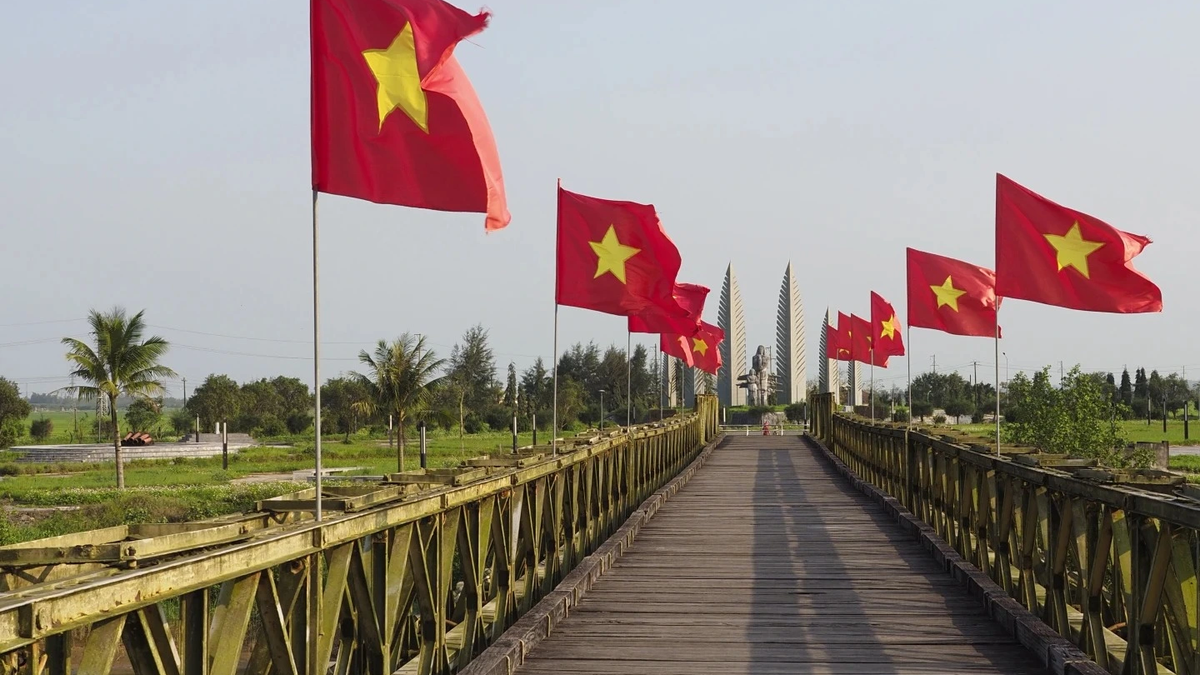
![[Photo] Marching together in the hearts of the people](https://vphoto.vietnam.vn/thumb/1200x675/vietnam/resource/IMAGE/2025/8/31/8b778f9202e54a60919734e6f1d938c3)
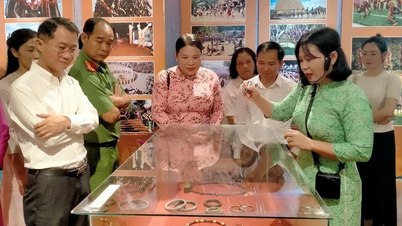



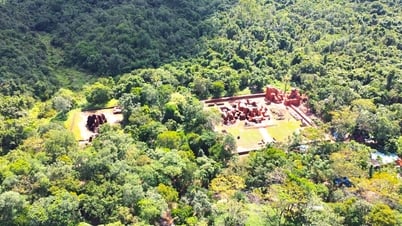

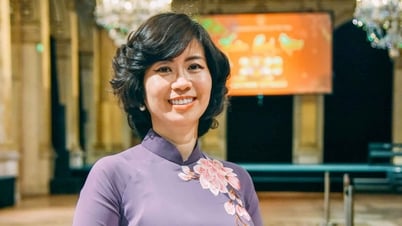

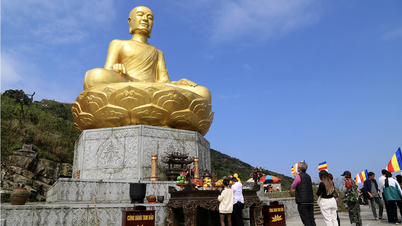

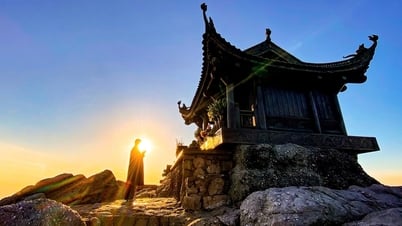

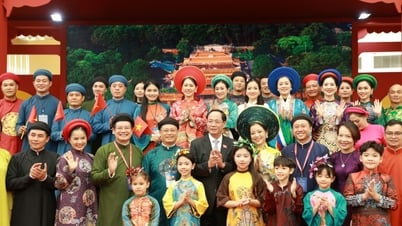



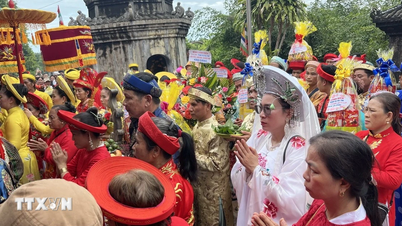

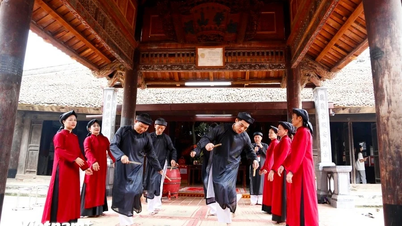
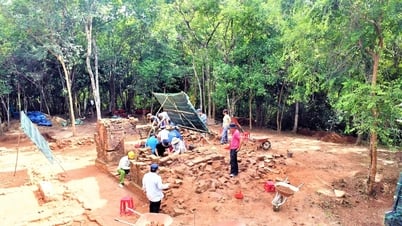
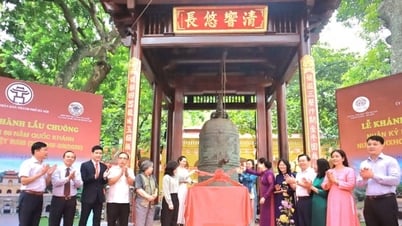






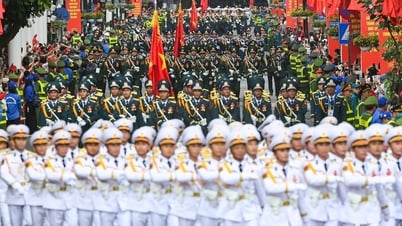


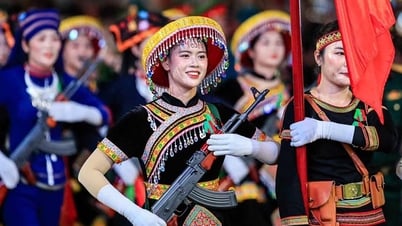
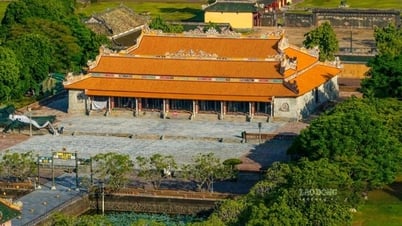
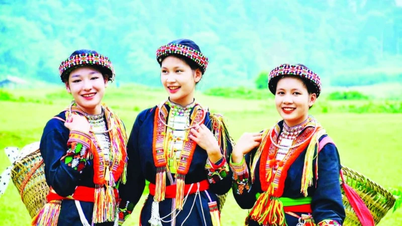

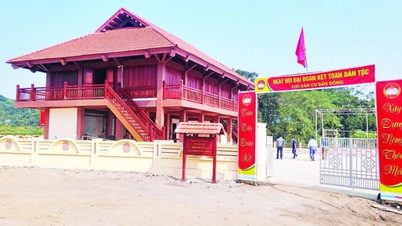



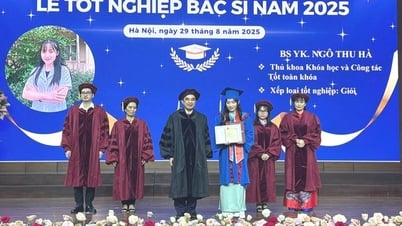



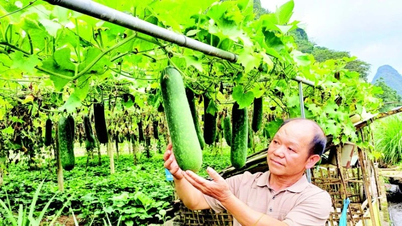


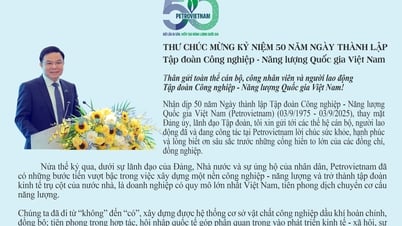
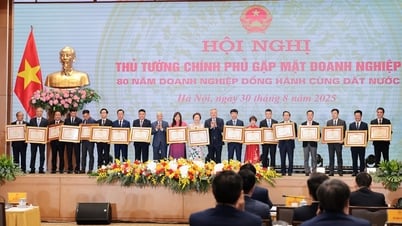







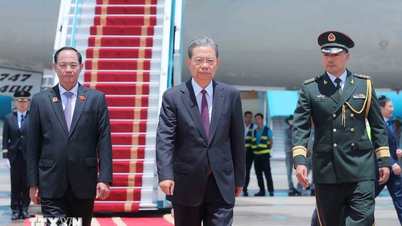

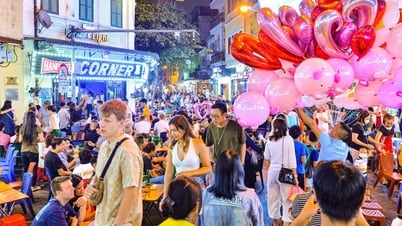
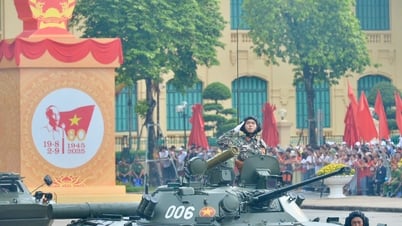


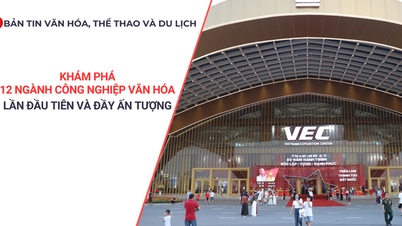




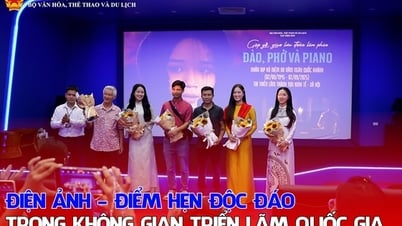






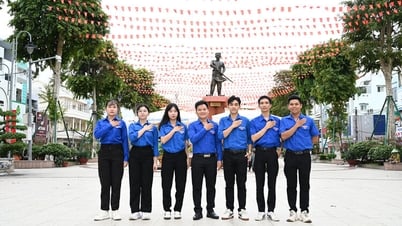

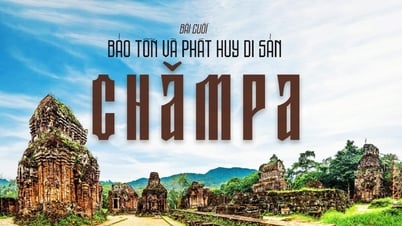
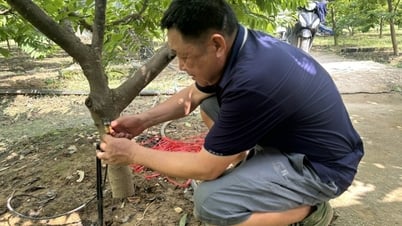

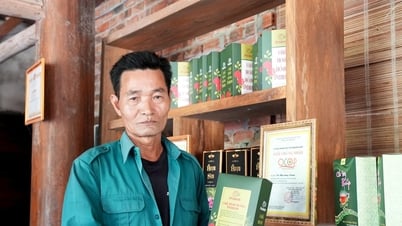
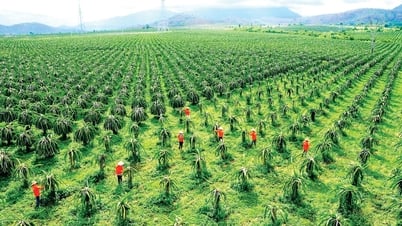






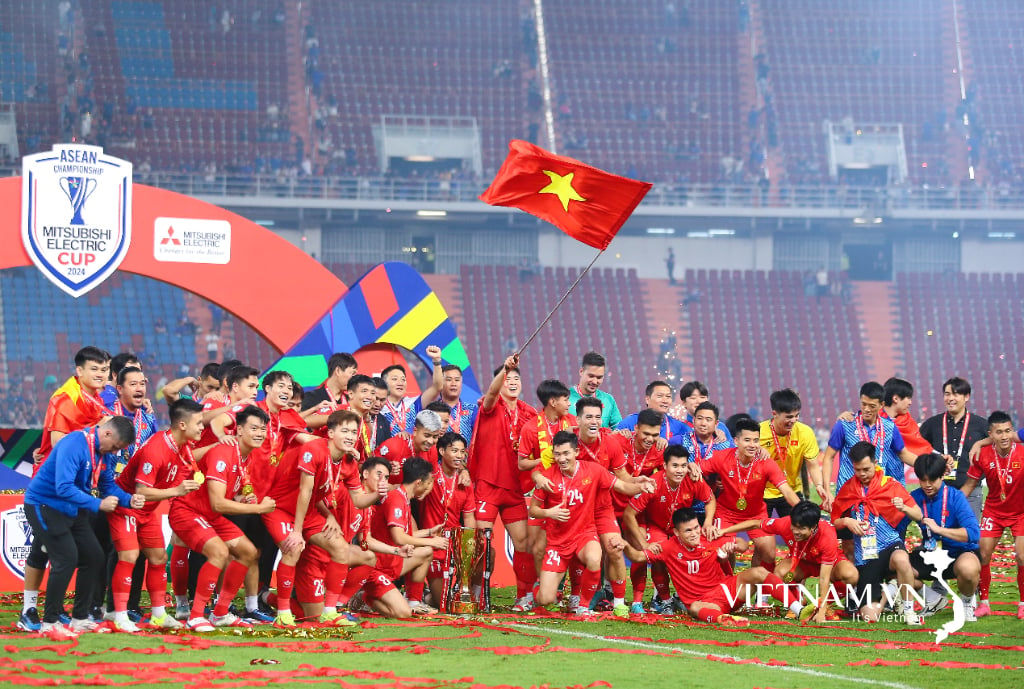


Comment (0)